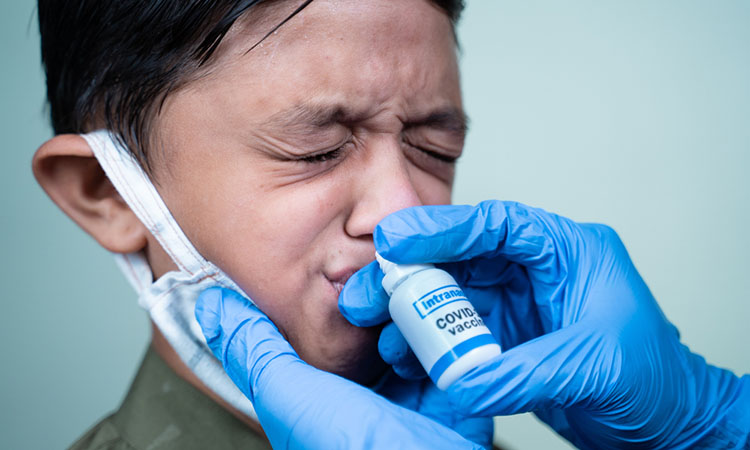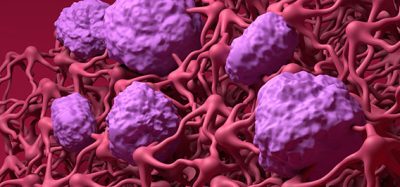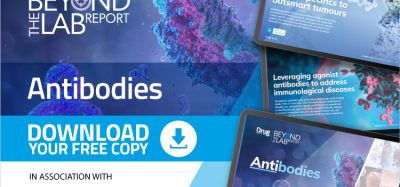Novel nasal vaccine strategy could improve COVID-19 protection
Posted: 16 November 2022 | Izzy Wood (Drug Target Review) | No comments yet
Australian researchers have tested a new nasal vaccine in mice, with the potential enhance protection against COVID-19.


Centenary Institute and University of Sydney researchers, Australia, have developed a new nasal vaccination strategy that induces potent lung immunity and protection against the SARS-CoV-2 coronavirus.
The new vaccine approach, published in Nature Communications, has been tested successfully in mice and has the potential to be a powerful tool for enhancing protection against COVID-19 infection and minimising ongoing viral spread.
The vaccine is made up of the SARS-CoV-2 spike protein and an adjuvant called Pam2Cys (a molecule that helps stimulate a stronger immune response in the body) and was delivered via simply breathing in through the nose. It prompted substantial levels of neutralising antibodies and increased T-cell responses in the lungs and airways of the mice that were tested.
In the mice study, the vaccine made its way through the respiratory tract, adhering to the tissues of the nasal cavity, airways and lungs. Testing showed the generation of high levels of protective antibodies in the airways and increased T-cell responses in the lungs. Significantly, none of the vaccinated mice became infected with COVID-19.
Lead author of the study, Dr Anneliese Ashhurst, research fellow in the University of Sydney’s Faculty of Medicine and Health and the Centenary Institute, commented: “Current vaccines against SARS-CoV-2 substantially reduce mortality and severe disease, but protection against infection is less effective. Vaccinated individuals are still catching COVID-19 and can spread the infection, so breakthrough infections are still occurring… To stop viral spread and to prevent this virus from mutating we need a new vaccine approach that blocks COVID-19 transmission.
“Our vaccine differs from most current COVID-19 vaccines in that it enables generation of an immune response directly in those areas of the body that are likely to be the first point of contact for the virus – the nose, airway and lungs. This may help explain the vaccine’s effectiveness.”
Senior study author, Professor Emeritus Warwick Britton, Head of the Centenary Institute’s Tuberculosis Research Program, said that the new vaccine strategy could play a key role in the fight against many diseases.
“The approach developed here could help break the COVID-19 infection cycle and will likely influence future coronavirus vaccine related studies,” Britton said.
He concluded that adapted versions of the new nasal vaccine could also be potentially applied to other viral or bacterial respiratory diseases such as influenza, avian flu, SARS and MERS.
Related topics
Covid-19, Drug Delivery, Targets, Vaccine
Related organisations
Centenary Institute, Sydney University
Related people
Dr Anneliese Ashhurst, Professor Emeritus Warwick Britton








